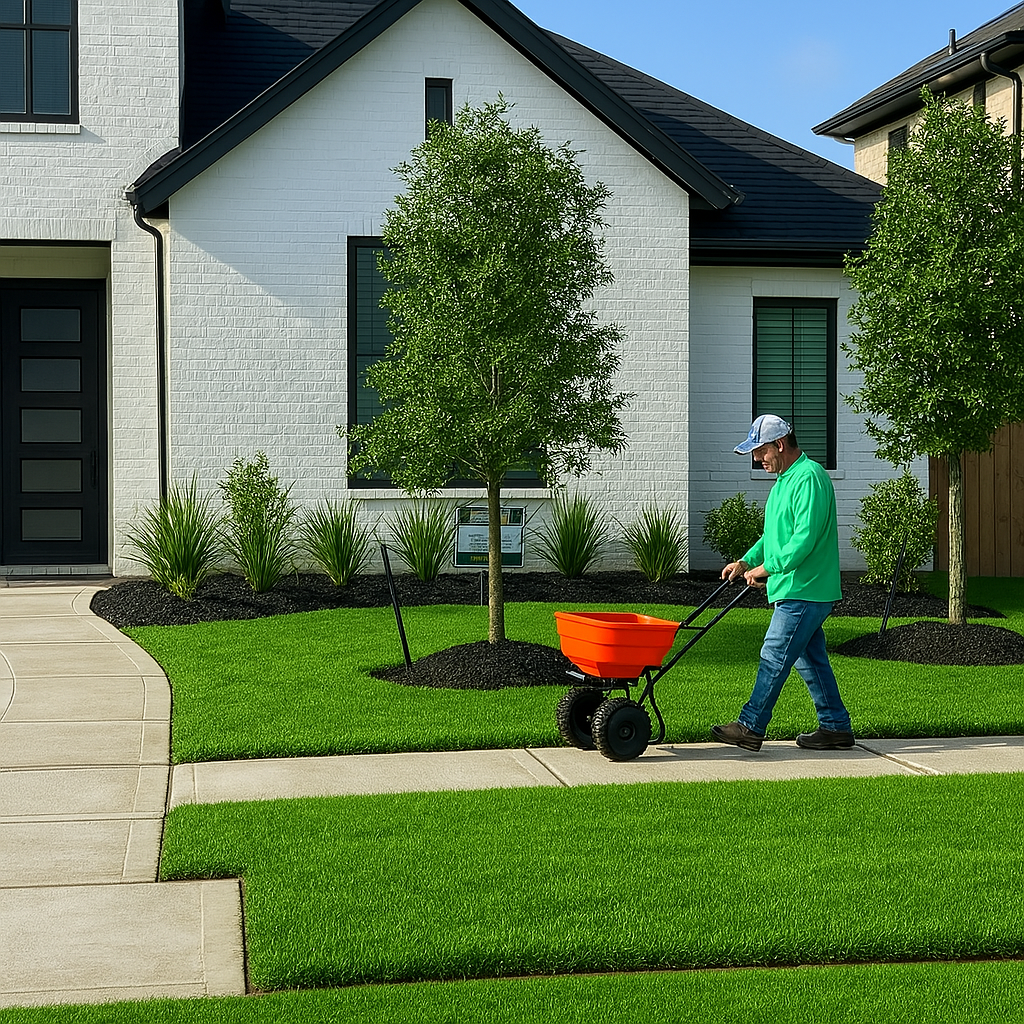hy dethatch?
When the thatch layer becomes too thick, it can:
Prevent water and nutrients from reaching the soil: The dense thatch acts as a barrier, causing water to run off or evaporate before it can penetrate the root zone.
Impede air circulation: Roots need oxygen to thrive. A thick thatch layer can suffocate them.
Create a breeding ground for pests and diseases: Moist, dense thatch provides an ideal environment for fungi and insects to flourish.
Hinder new grass growth: Seeds have difficulty germinating and establishing roots through a thick thatch layer.
Reduce the effectiveness of fertilizers and pesticides: These products may get trapped in the thatch instead of reaching the soil where they are needed.
How to dethatch a lawn:
Dethatching can be done using a few different methods, depending on the size of your lawn and the thickness of the thatch:
Raking (for light thatch):
For smaller lawns or a thin thatch layer, a strong raking with a special dethatching rake (which has sharp, curved tines) can be effective.
You'll need to rake vigorously, pulling the thatch up and out of the lawn. It's quite a workout!
Power Dethatcher/Verticutter (for moderate to heavy thatch):
These machines are specifically designed for dethatching. They have rotating blades or tines that vertically cut into the thatch layer and pull it to the surface.
You can rent these from equipment rental stores.
Set the blades to just penetrate the thatch, not dig into the soil too deeply.
Make passes over the lawn as if you were mowing, going in a perpendicular direction on a second pass for a more thorough job.
Lawn Mower Dethatching Attachment:
Some lawn mowers have attachments that can help with light dethatching. These are usually not as effective as dedicated dethatchers but can be useful for maintenance.
When to dethatch:
The best time to dethatch depends on your grass type:
Cool-season grasses (e.g., fescue, ryegrass, bluegrass): Dethatch in late summer or early fall (August to October) or early spring (April to May). This allows the grass to recover during its active growing season.
Warm-season grasses (e.g., Bermuda, Zoysia, St. Augustine): Dethatch in late spring or early summer (May to July), during their peak growth period.
After dethatching:
Your lawn will look a bit messy and may even appear damaged after dethatching, which is normal. It's important to follow up with these steps:
Clean up the thatch: Rake up all the loosened thatch and dispose of it. You'll be surprised how much comes out!
Water thoroughly: Give your lawn a good watering to help it recover.
Fertilize: Apply a balanced fertilizer to provide essential nutrients for regrowth.
Overseed (optional but recommended): If your lawn looks thin after dethatching, overseeding with new grass seed will help it fill in.
Topdress (optional): Applying a thin layer of compost or topsoil can further improve soil health and promote recovery.
By regularly dethatching when needed, you can ensure your lawn remains healthy, vibrant, and better able to withstand environmental stresses.









